In the summer of 2005, Perspektivet Museum wishes to commemorate the 100th anniversary of the dissolution of the Swedish-Norwegian union with a flamboyant exhibition in the museum’s main hall. Forty women from different countries and ethnic groups will talk about their national costume or traditional festive dress, and about their relationship to Tromsø.
Background
The exhibition becomes a part of the municipality’s general observance of the anniversary, where the city’s cultural diversity will characterise the celebration. The programme has been given the working title: Magical diversity. Focus on the international Tromsø is thus relevant for several reasons. Since its establishment in 1794, Tromsø has been an amalgamated city with Norwegians, Samis, immigrants from the rest of Scandinavia, Russia and Central Europe, and visitors in business, research and tourism. In recent years, there has also been a considerable increase in people from non-Western countries.


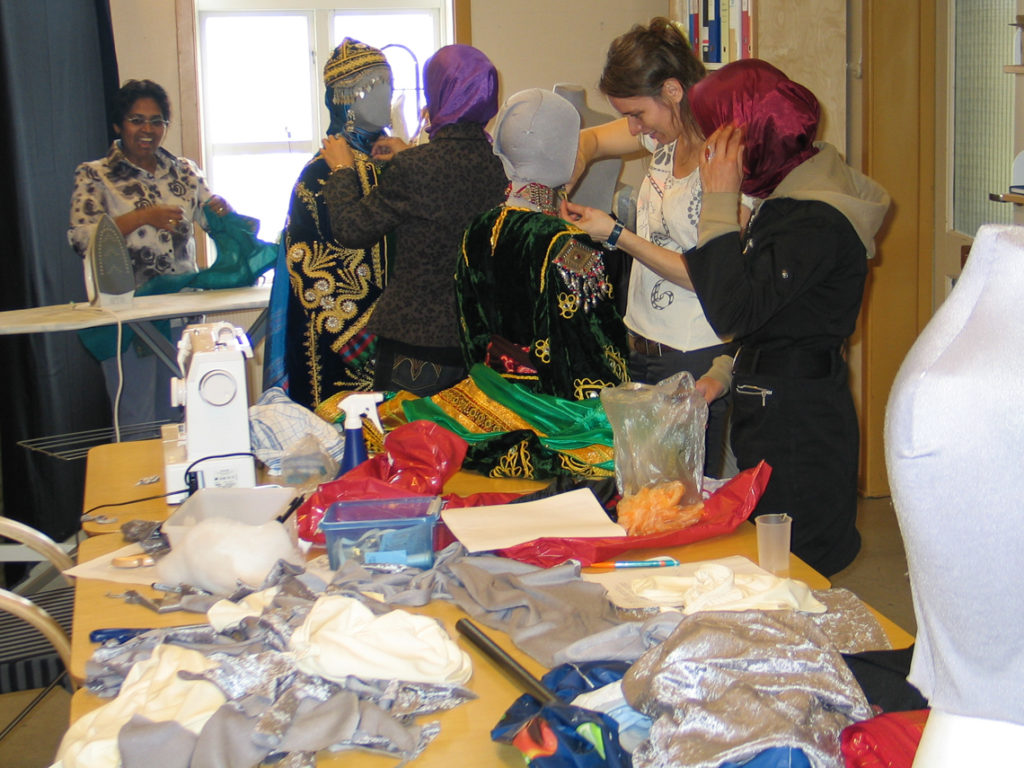
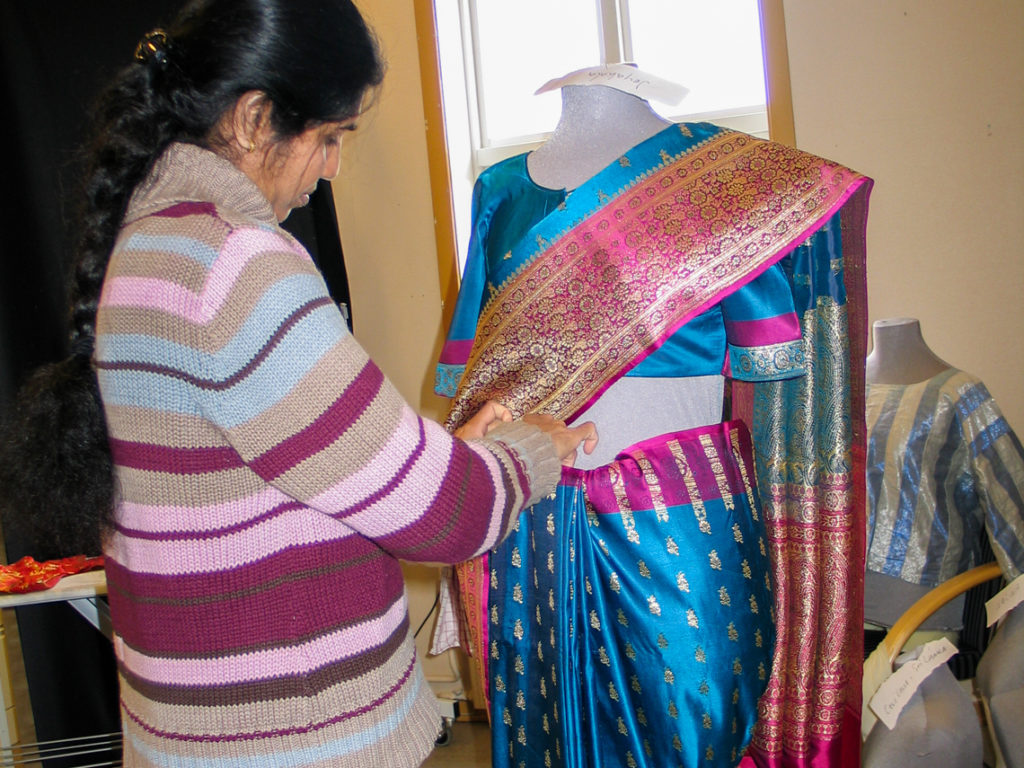

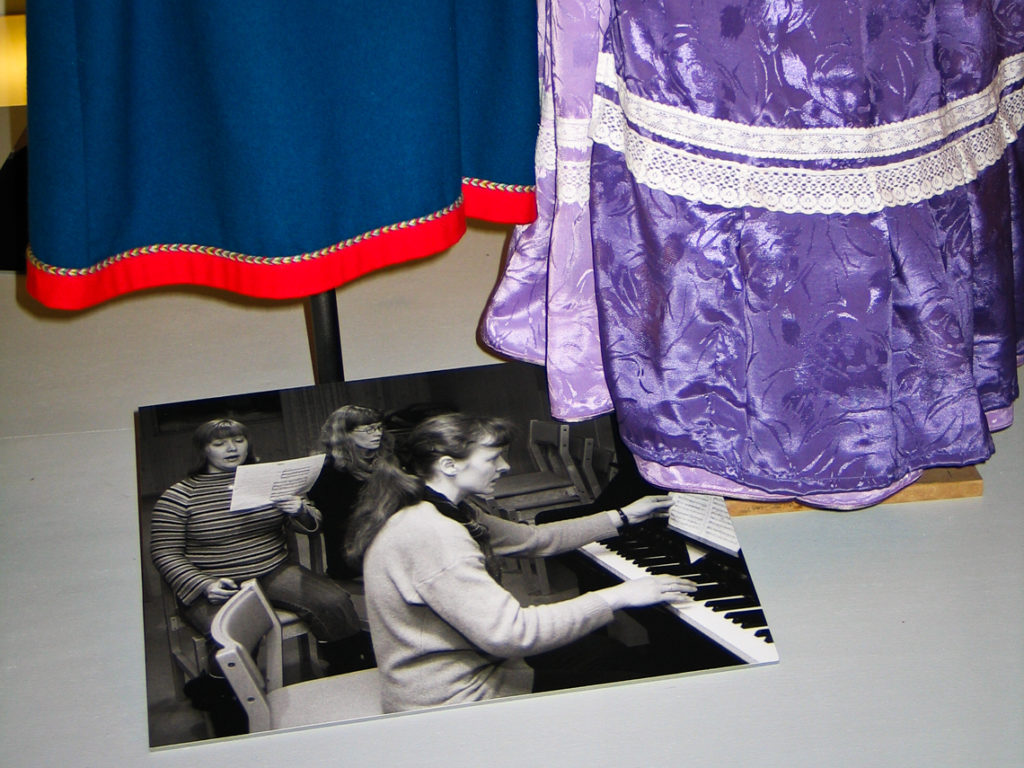
120 nationalities in Tromsø
In all, around 120 nationalities are represented in the urban municipality of Tromsø. Some of these are refugees and asylum seekers, but many also come as students and highly qualified labour to, for example, Tromsø Regional Hospital, the University of Tromsø and the Polar Institute. In October 2004, the Peace Corps and The Norwegian Association of Local and Regional Authorities gave Tromsø Municipality an honorary award as an “International Municipality”.
The project
Both historically and in the present, North Norway and Tromsø are typically described as open and hospitable to those who come from outside. However, Perspektivet Museum chooses to throw a searching light on the myths surrounding the hospitable Tromsø by interviewing 40 women about well-being, integration, work experience, social life – meetings with the local population and the Tromsø community for better or worse.
In focus for the conversations are the costumes they brought with them – a material symbol of belonging to another place, another culture or ethnic group. The traditional costume is well suited for talks about differences and similarities, about origin and tradition, customs and use. Based on the conversations, we believe that the general picture of the multicultural Tromsø will become more nuanced.
Women tell their stories
The project has as a goal to capture the women’s different adaptations, reflections about their own situation and future. The interviews are recorded on tape (DAT). At first, they will form the basis for short presentations, but also provide knowledge about factual conditions as sources for subsequent analytical processing and continuation of the project.
The woman’s costume is in focus, generally a welcome theme that creates enthusiasm and narrative joy. But it is also an object of tragic stories, such as escape from one’s own homeland. The costume’s story is the woman’s own story. The costume is knowledge and experience, family ties and origin.
Every costume owner is photographically portrayed by the museum’s photographer.
The pictures are taken in black and white, in contrast to the colourful costumes, and show the owner in everyday situations: At work, in the classroom, in the kitchen, exercising. In addition, the museum is collecting private photographs from events in their lives where the costume was used. The informants are of different ages and represent women of diverse social positions: Women in education, in research, as housewives, in jobs with and without relevant qualifications.
To come in contact with the women, a collaboration has been started with Adult Education in Tromsø, the Creative Workshop at the Church City Mission and the organisers of the annual event “The World in Tromsø – Tromsø in the World”. Contacts have also been established with various institutes at the University and a number of the foreign national organisations in the city.
Women tell
The project’s aim was not the suit itself as a physical object, but through conversations and use of costume in the show, capturing the women’s reflections on his situation in Tromsø with origins in the fact that the suit has significance as a memory object and the identity factor. We want to hear about the various adaptations, the future prospects, and about their personal relationship to the suit as a clear and almost ostentatiously hallmark of belonging. The interviews were recorded on tape (DAT) and constitute interesting sources for the study of the multicultural Tromsø. An edited version of the footage was used in the exhibition as lydsløyfe.
The woman’s traditional costume is a welcome object of the conversation because it most often is associated with something positive; home country or one’s ethnic identity, memories of close family that creates pride, enthusiasm and story-telling. Meanwhile, just the suit in this project related to issues of traumatic nature, such as escape from his homeland and family, loneliness and negative experiences during the establishment in Norway. Suit story is so viewed the woman’s own story.
Portraits in black and white
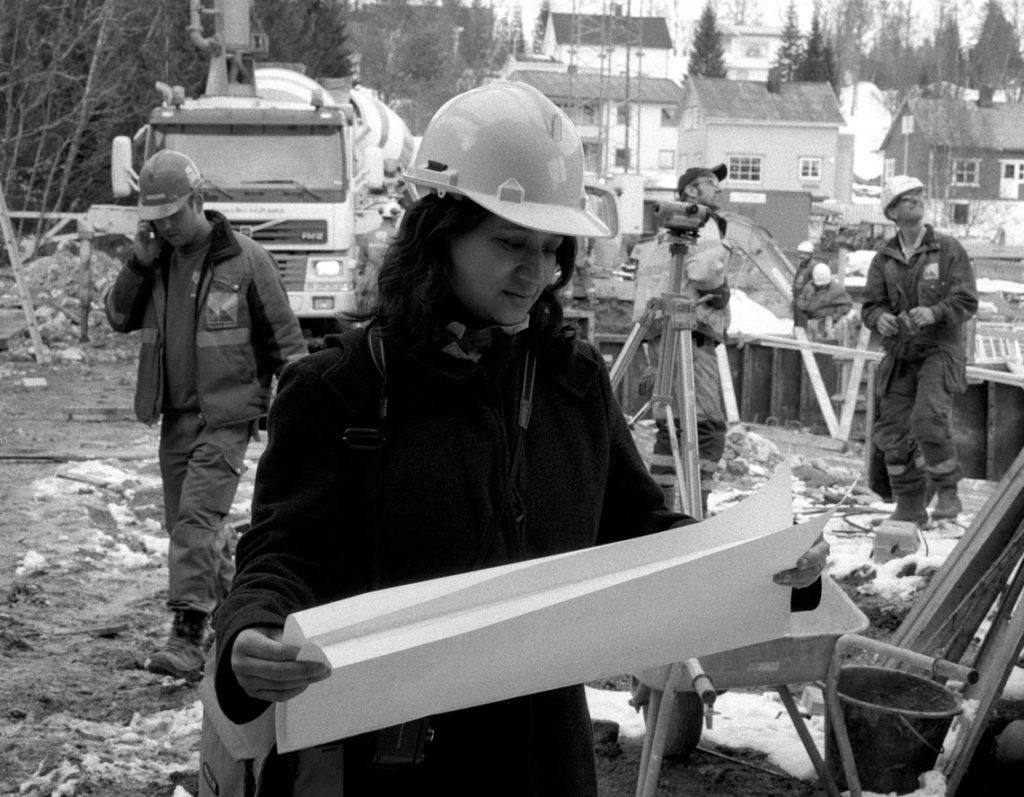
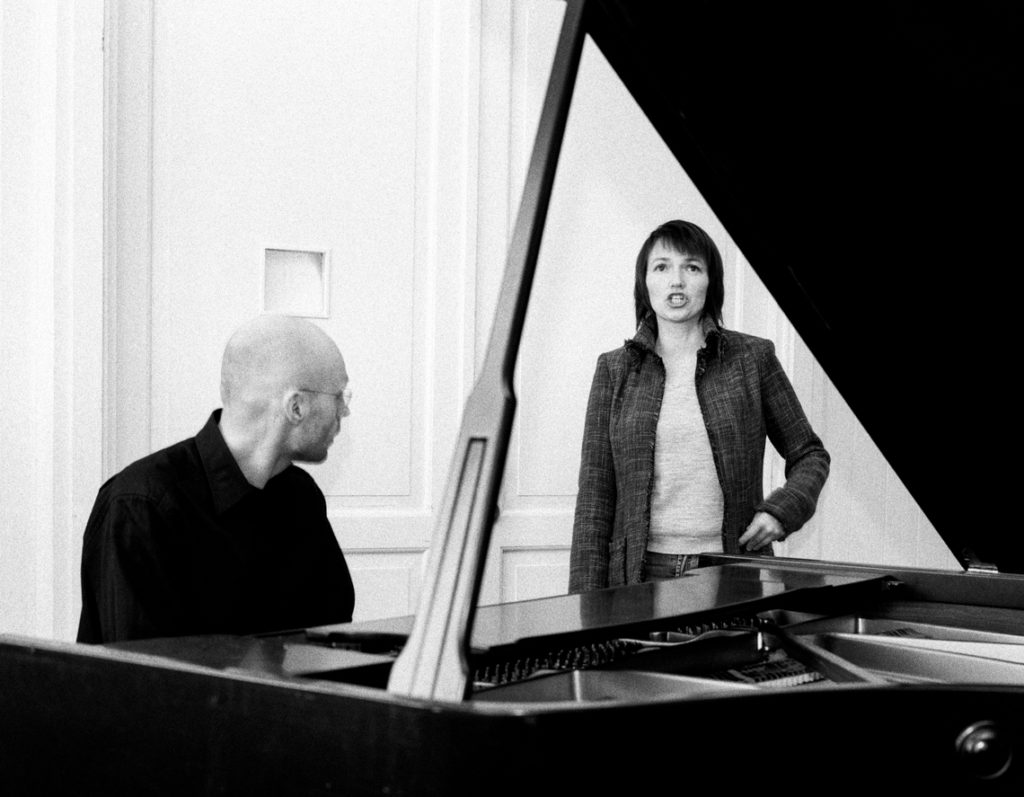
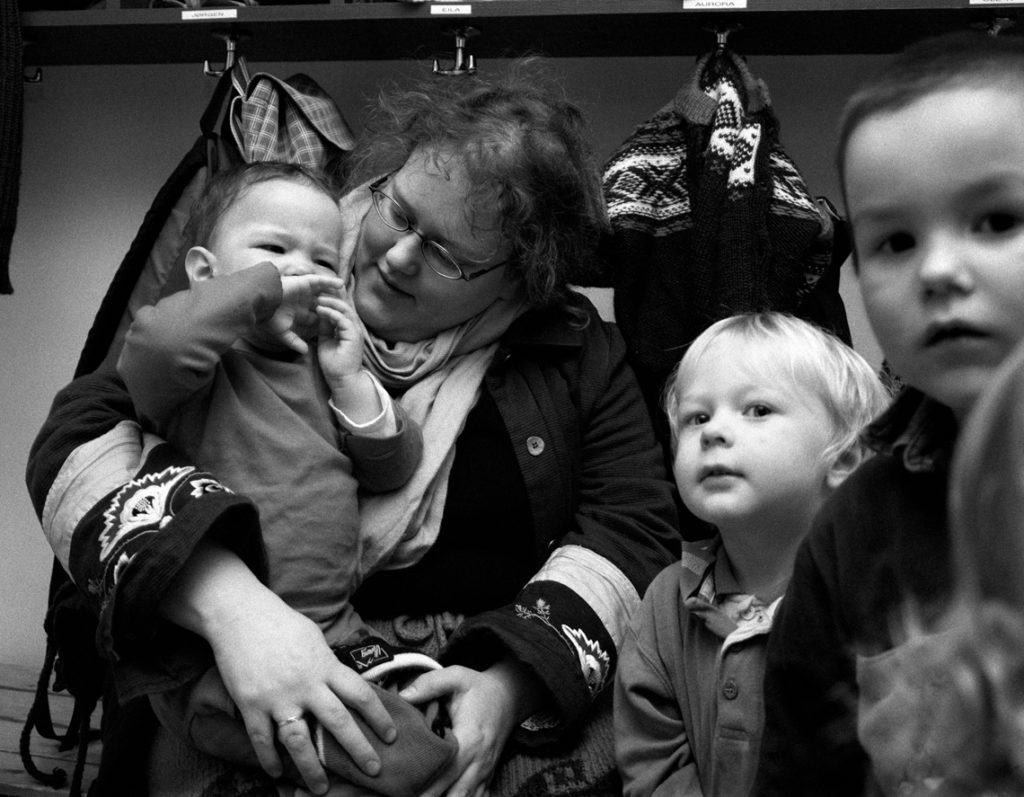

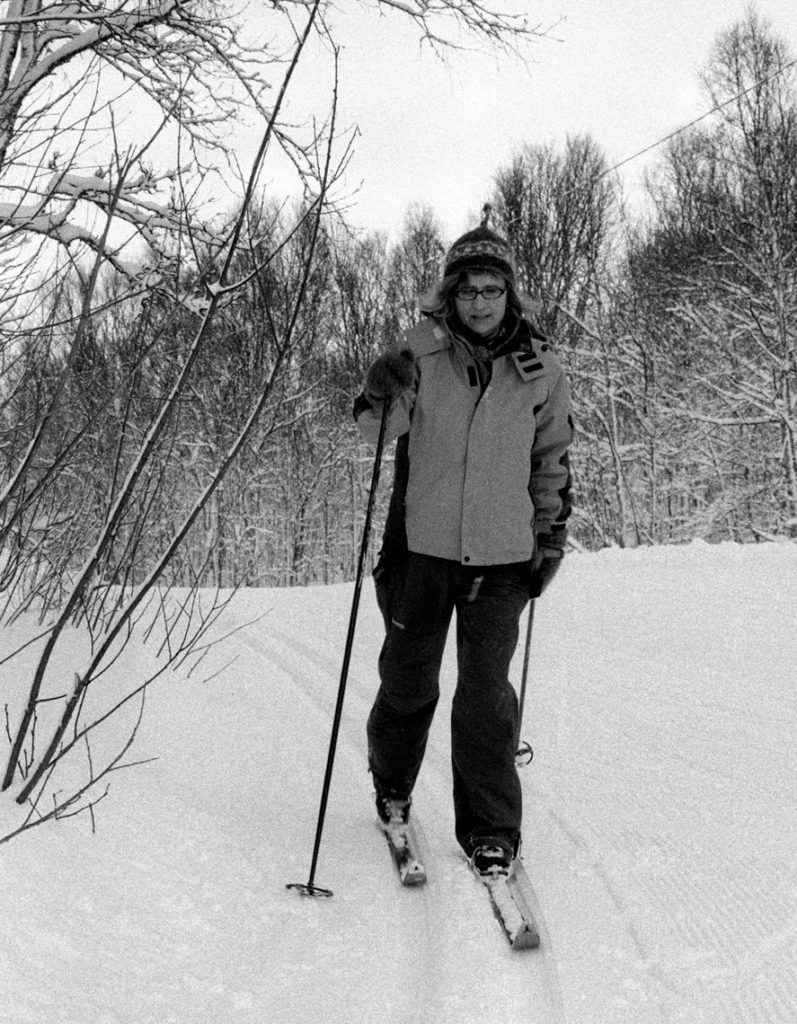
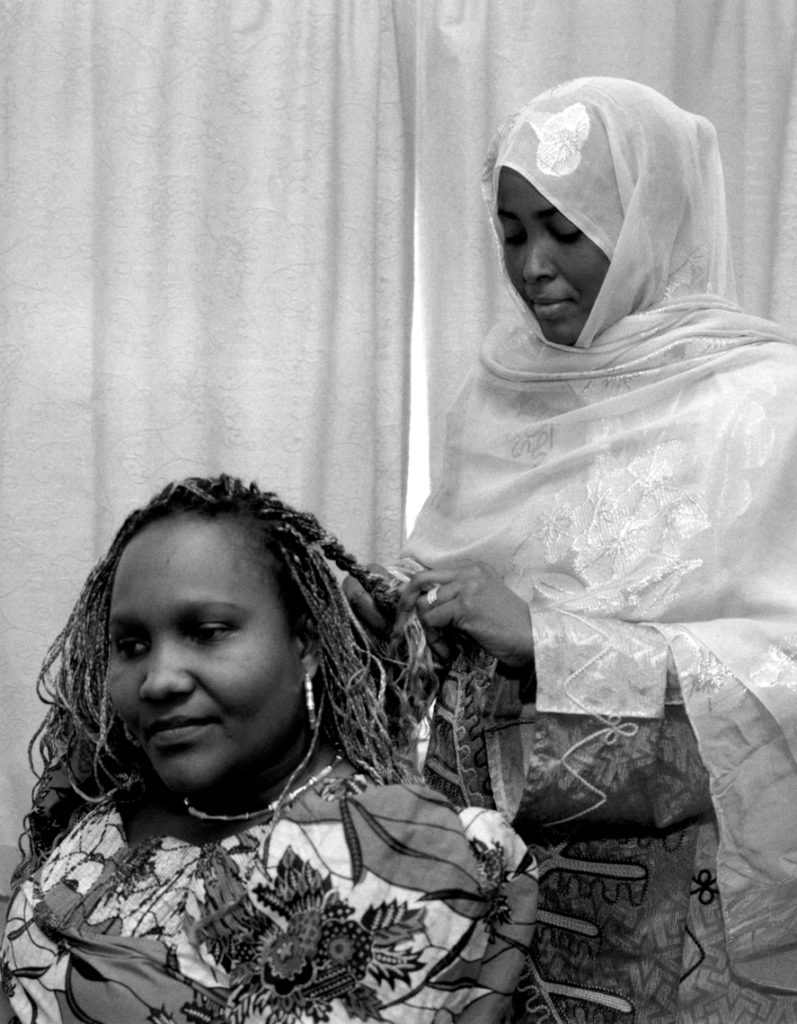
Each suit was the owner of the museum’s photographic portrait photographer. The pictures were taken in black and white, in contrast to the colorful costumes, and shows the owner in an everyday situation: at work, school class, in the kitchen, at the gym. In addition, the museum collected the private photos from events in their lives where the suit was used. The informants were of different ages and represent women from completely different environments, women in education, in research, as housewives, to work with and without the relevant qualifications.
To get in touch with the women were entered into a partnership with Adult Education in Tromso, Creative workshop at the Church City Mission and the organizers of the annual event “The World in Tromso – Tromso in the world”. It was also established contact with KVINNFORSK at the University of Tromsø and several country clubs in the city.
Identity
The project my suit – my story is about identity selection and how one’s personal relationships with family, ethnic group or nation will be important in the face of the alien other. Nation and identity design is the central topic during 100-year anniversary of Norway as an independent nation with its own king. Obligations of the symbols is an aspect of this, as well as the feeling of uniqueness in relation to other nations or a majority. The exhibition must therefore be said to bring in a key topic during the celebration of the union.
Project and Exhibition responsible: Astrid Fremmerlid, Perspektivet Museum
Project Manager: Marianne A. Olsen, Perspektivet Museum
Photographer: Mari Hildung, Perspektivet Museum
